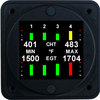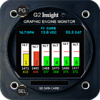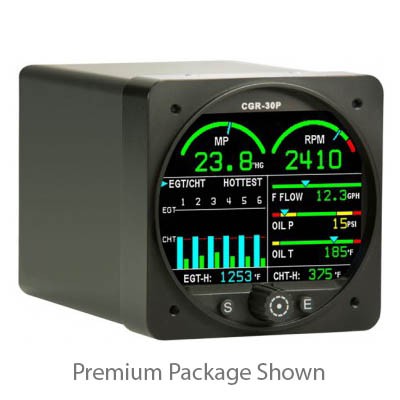Ed Haywood
En-Route
Starting to get the itch to buy a new panel gadget for my Decathlon. Seems like the big void is an engine monitor. Everyone else has one. I am feeling left out.

I'm not too worked up about leaning. Never read a Mike Busch article and don't really want to. My single EGT is adequate for my ROP technique.
So, other than leaning, what is the main benefit of an engine monitor? Will it enhance safety by providing early warning of internal damage? I could definitely justify that.
My eyes are getting older, so I like modern displays that effectively use color. The Aerospace Logic appeals to me, and the price is competitive with a JPI 700 or EI UBG. Also intrigued by the Insight G2. Thoughts?

I'm not too worked up about leaning. Never read a Mike Busch article and don't really want to. My single EGT is adequate for my ROP technique.
So, other than leaning, what is the main benefit of an engine monitor? Will it enhance safety by providing early warning of internal damage? I could definitely justify that.
My eyes are getting older, so I like modern displays that effectively use color. The Aerospace Logic appeals to me, and the price is competitive with a JPI 700 or EI UBG. Also intrigued by the Insight G2. Thoughts?



